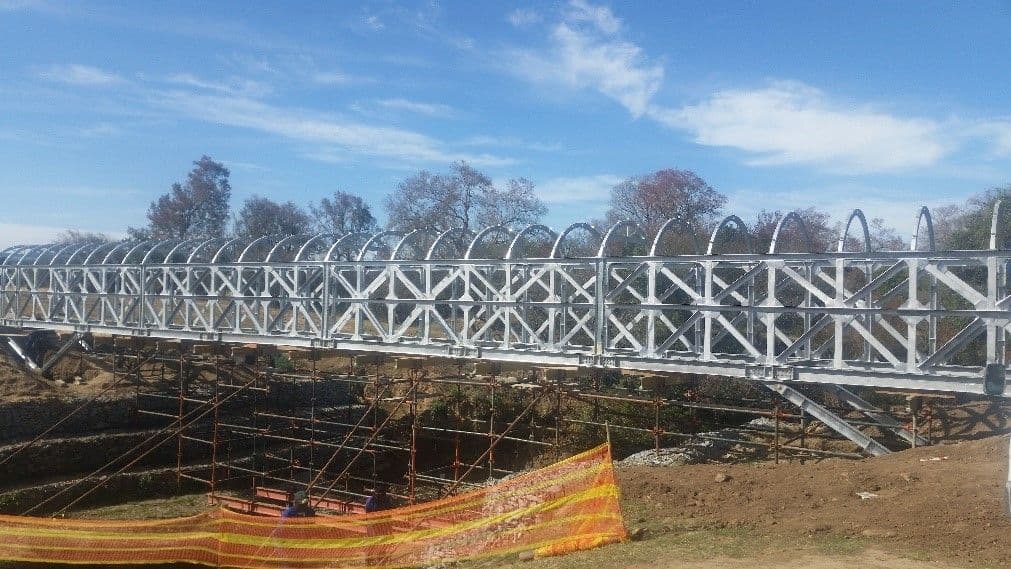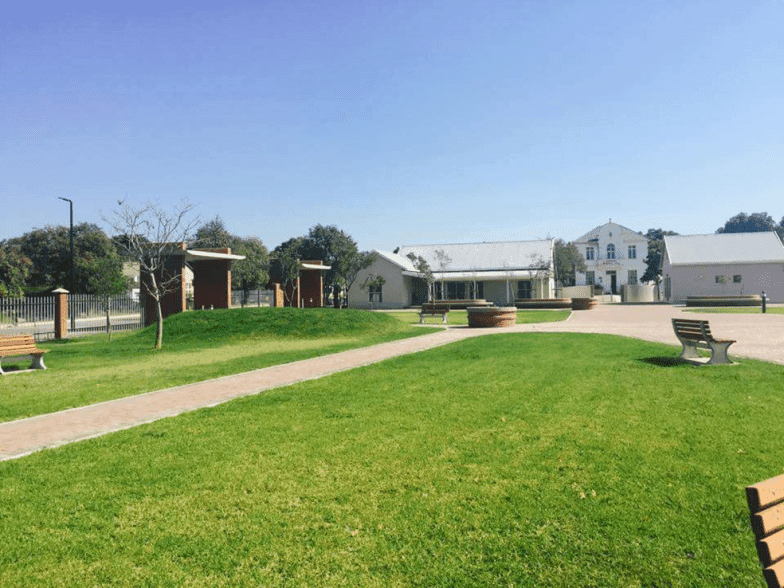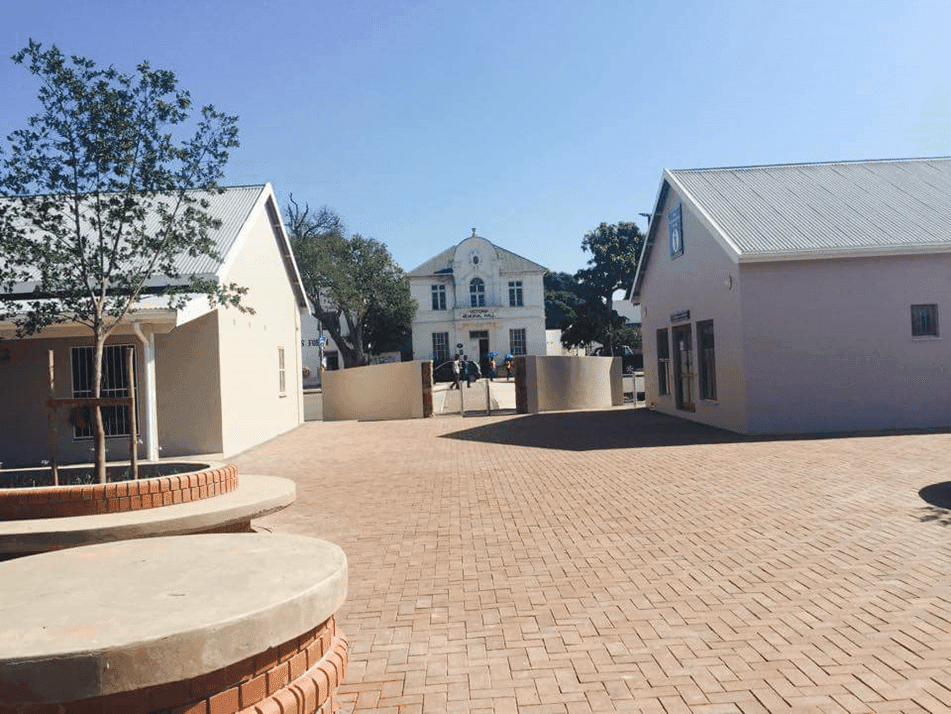Alice
The town called Alice is steeped in history: it was here, for example, that leaders from all over Africa, including Nelson Mandela, were educated. It is still the home of Fort Hare University, but the town itself has sprawled into chaotic, skewed growth.
The Alice regeneration strategy (December 2010) envisages Alice as “… an economically and socially viable university town”. This vision was further refined into three over-arching strategic thrusts, which guide the regeneration process:
• Alice as an African university town, which speaks to the integration of the University of Fort Hare with the town and the integral part that the history of the town can play in its future
• The support of a sustainable community through the unlocking of opportunities
• Encouraging an economically active, culturally vibrant community by encouraging investment.
The regeneration strategy honed in on three strategic priorities, namely: to encourage investment; to unlock economic and job opportunities; and to integrate the University of Fort Hare and Alice.
Based on this, three priority interventions were identified, which are believed to hold the keys to unlocking Alice’s economic potential. These are:
• Upgrading of the central business district (CBD) and civic core
• Upgrading of Alice taxi rank
• Unlocking of middle-income residential development.
Upgrading the civic core of the town and its heritage park consolidates economic and social activities in the centre of town. In addition, government services are clustered for ease of access by the public. Creating opportunities for some small-scale retail and office space to thrive in the centre of town ensures that revenue is generated to sustain the park. All these complement the new municipal offices.
The Alice Pedestrian Bridge, Paved Walkways and associated lighting, links the Alice CBD with Ntselemanzi, Victoria Hospital and Lovedale College.


